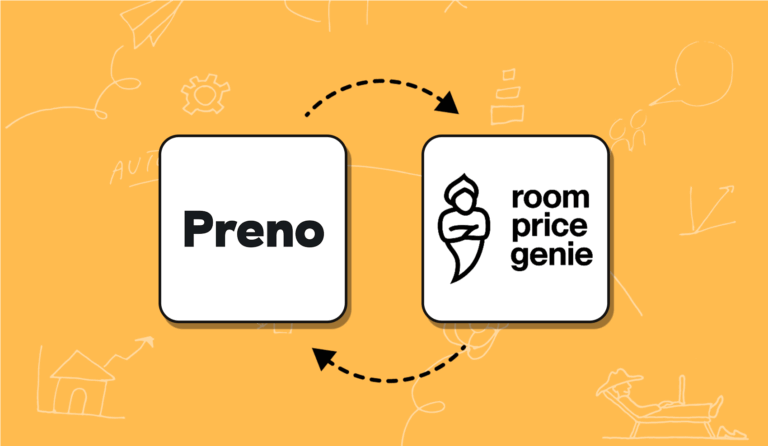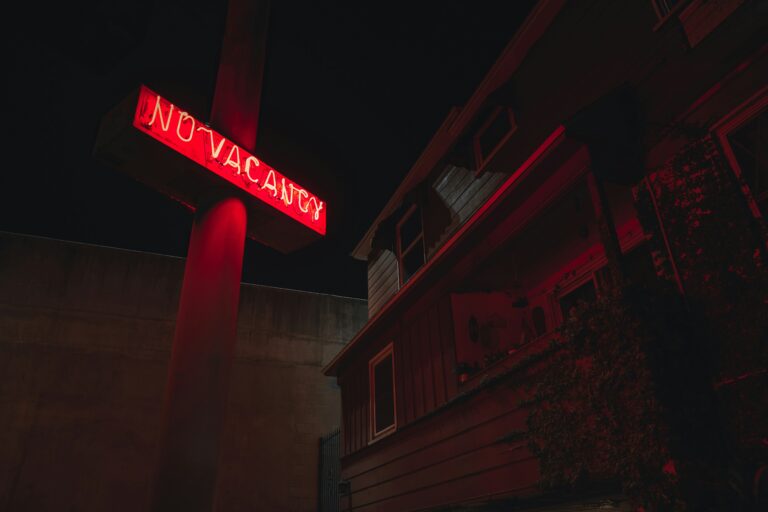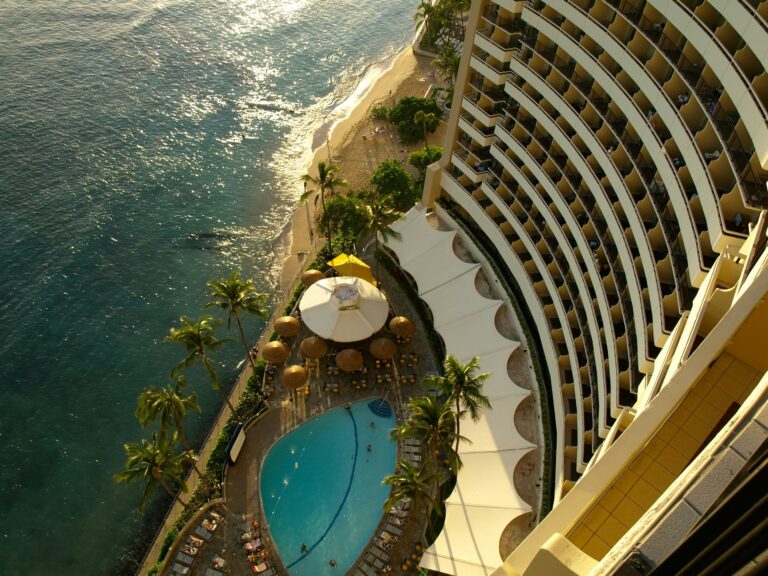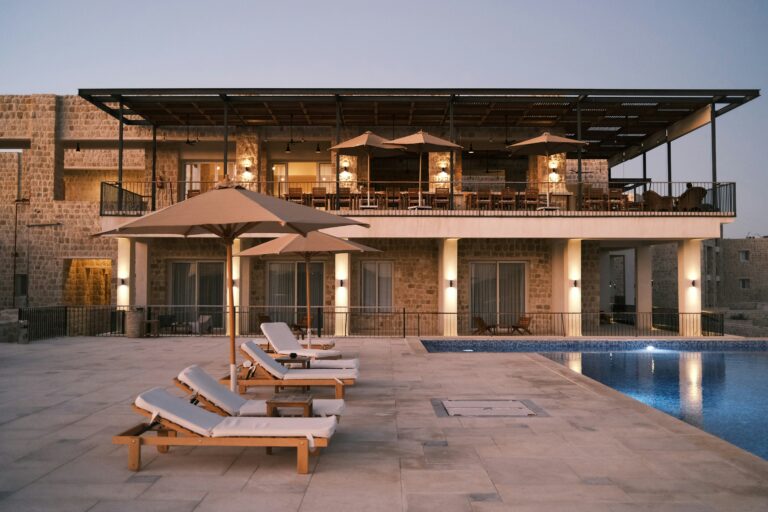Effective pricing strategies are crucial for the success and profitability of hotels. In the highly competitive and ever-evolving hospitality industry, selecting the right pricing approach can make a world of difference. Dynamic pricing and fixed pricing are two prominent strategies that have gained traction in the hotel sector. In this comprehensive guide, we will explore these pricing methods in detail and empower hotel owners to make well-informed decisions about which strategy best suits their unique needs.
Understanding Dynamic Pricing
Let’s dive into dynamic pricing, shall we? You might have heard it called surge pricing, demand pricing, or even time-based pricing. Essentially, it’s a strategy where hotels set flexible room rates that respond to real-time market demand. This means hotels can adjust their prices on the fly, reacting instantly to what’s happening around them.
Dynamic pricing isn’t just a trend in hospitality; it’s something businesses across many sectors use. In the hotel industry, room rates can swing dramatically based on when you book, the season, and how many rooms are available.
So, why all the fuss about dynamic pricing? The main goal is to maximise profits by capturing consumer surplus—the gap between what guests are willing to pay and what they actually pay. When demand is high, hotels can increase their rates, but when it dips, they can lower prices. This flexibility optimises revenue and profit margins.
There are several dynamic pricing strategies out there:
- Time-based pricing: Here, rates shift depending on the time of day, day of the week, or season. This is a common approach in hospitality to make the most of peak and off-peak periods.
- Demand-based pricing: In this case, prices rise or fall based on demand. For instance, during a big event or holiday season, hotels might hike their rates.
- Competitive pricing: This strategy involves adjusting rates based on what competitors are charging. It requires constant monitoring to stay competitive.
- Segmented pricing: Here, different room rates apply to various guest segments. This could be based on booking behaviour, loyalty, or even location.
To implement dynamic pricing effectively, hotels need a solid grasp of market trends, customer preferences, and what competitors are doing. They also need reliable tech that can monitor conditions and tweak rates in real-time.
While dynamic pricing can significantly boost profits, it’s not without risks. Mismanagement can lead to unhappy guests and damage a hotel’s reputation. So, it’s crucial to roll it out in a way that’s transparent and fair, ensuring guests feel they’re getting value for their money.
Exploring Fixed Pricing
Now, let’s chat about fixed pricing. This traditional approach is straightforward and familiar to many in the hospitality industry. Here, room rates remain stable, no matter how demand shifts or what the season brings. This predictability can be comforting for both hotel managers and guests alike. Customers love it because they know what to expect, making budgeting a breeze without worrying about sudden price increases.
But while fixed pricing may seem like a safe bet, it has its downsides. The biggest drawback? You could miss out on significant revenue during those busy periods. Unlike dynamic pricing, which capitalises on high demand by raising rates, fixed pricing keeps your rates the same, even when everyone wants a room. This can lead to lost opportunities.
Fixed pricing also lacks the flexibility to respond quickly to market changes. If a competitor drops their rates or if demand suddenly plummets, a hotel relying on fixed pricing may find it tough to adapt.
Still, fixed pricing can be a great choice for certain hotels. For example, luxury hotels with a unique high-quality experience might find success with this model, as their guests are often less sensitive to price and more focused on value. Boutique hotels might prefer fixed pricing to establish a dependable brand image and foster customer loyalty.
A hybrid pricing approach can also work wonders, combining the best of both worlds. Imagine a hotel that sets fixed prices for some room types while using dynamic pricing for others. This strategy lets hotels enjoy the benefits of both pricing styles.
To make fixed pricing work, you’ll want to set your prices wisely—ensuring they cover costs, deliver a reasonable profit, and align with the perceived value your guests receive. Regularly reviewing and adjusting prices based on costs, feedback, and market trends can help keep your strategy on point.
Factors to Consider for Hotel Pricing
When choosing a pricing strategy for your hotel, there’s a lot to consider. Let’s break it down a bit:
- Market Analysis: You need to understand your hotel’s demand within the market. This means looking at trends, seasonal changes, and potential future shifts. Studying competitors and their pricing can provide valuable insights too.
- Business Model: Your hotel’s structure will influence your pricing. Chain hotels, for example, may have different considerations than independent or boutique options.
- Customer Demographics: Knowing your target audience helps set prices that match their expectations. Factors like age, income, and purpose of travel (business vs. leisure) can really impact willingness to pay.
- Operational Costs: Understand both your fixed costs (rent, salaries) and variable costs (utilities, supplies). Your pricing needs to cover these and leave room for profit.
- Competitor Pricing: Pay attention to what others are doing. If your rates are way higher, you might lose potential guests. Conversely, if you price too low, you risk not covering costs or being seen as lower quality.
- Geographical Location: A hotel in a popular tourist spot might enjoy higher demand and can charge more, especially during peak seasons.
- Technological Resources: Technology can help manage dynamic pricing, with revenue management systems and data analytics tools making the process smoother.
- Service Quality: How guests perceive your service can greatly influence their willingness to pay. Higher perceived quality justifies higher prices.
- Financial Position: Your financial situation can affect your pricing strategy. If you’ve got solid funding, you might offer lower prices to attract customers initially.
Fixed vs. Dynamic Pricing: Finding the Right Balance
So, how do you choose between fixed vs. dynamic pricing? In the hospitality world, many hotels are finding that a hybrid approach works best. This strategy marries elements of both static and dynamic pricing to optimise room rates and revenue.
With static or fixed pricing, room rates stay consistent over a set period, which offers stability. But it doesn’t respond to shifts in demand or competitive pricing. On the flip side, dynamic pricing adapts rates based on factors like supply and demand. This can boost revenue and occupancy, but it needs sophisticated tech and constant monitoring.
A hybrid pricing approach gives you a balance of stability and flexibility. For example, a hotel might set a base rate that remains constant, ensuring a minimum revenue per room, then apply dynamic pricing to a portion of their inventory. This way, they can take advantage of peak demand while still keeping some stability.
Technology plays a massive role here. With the right tools, hotels can navigate the complexities of pricing strategies. For instance, Preno PMS offers a dynamic pricing suite that helps manage both surge pricing and last-minute pricing.
Implementation and Monitoring
Putting a pricing strategy into action is a continuous process. Start by integrating your chosen strategy with your overall business model. That means setting up technology, training staff, and ensuring everything aligns with your brand and customer expectations.
Once your strategy is in place, you’ll need to keep a close eye on it. Regular monitoring and adjustments are key. Track occupancy rates, revenue per available room (RevPAR), and other important metrics. Regular reviews help ensure your pricing remains competitive and effective.
In conclusion, crafting a pricing strategy for your hotel involves multiple factors—customer demographics, operational costs, competitor pricing, location, technology, service quality, and financial position. By blending fixed vs. dynamic pricing, hotels can develop effective strategies that align with their financial goals while providing value to guests. Embracing the right technology can make this process smoother, and regular evaluation will help maintain profitability and competitiveness in today’s fast-paced hospitality landscape.
Learn more about Dynamic Pricing strategies and pricing in these articles:





